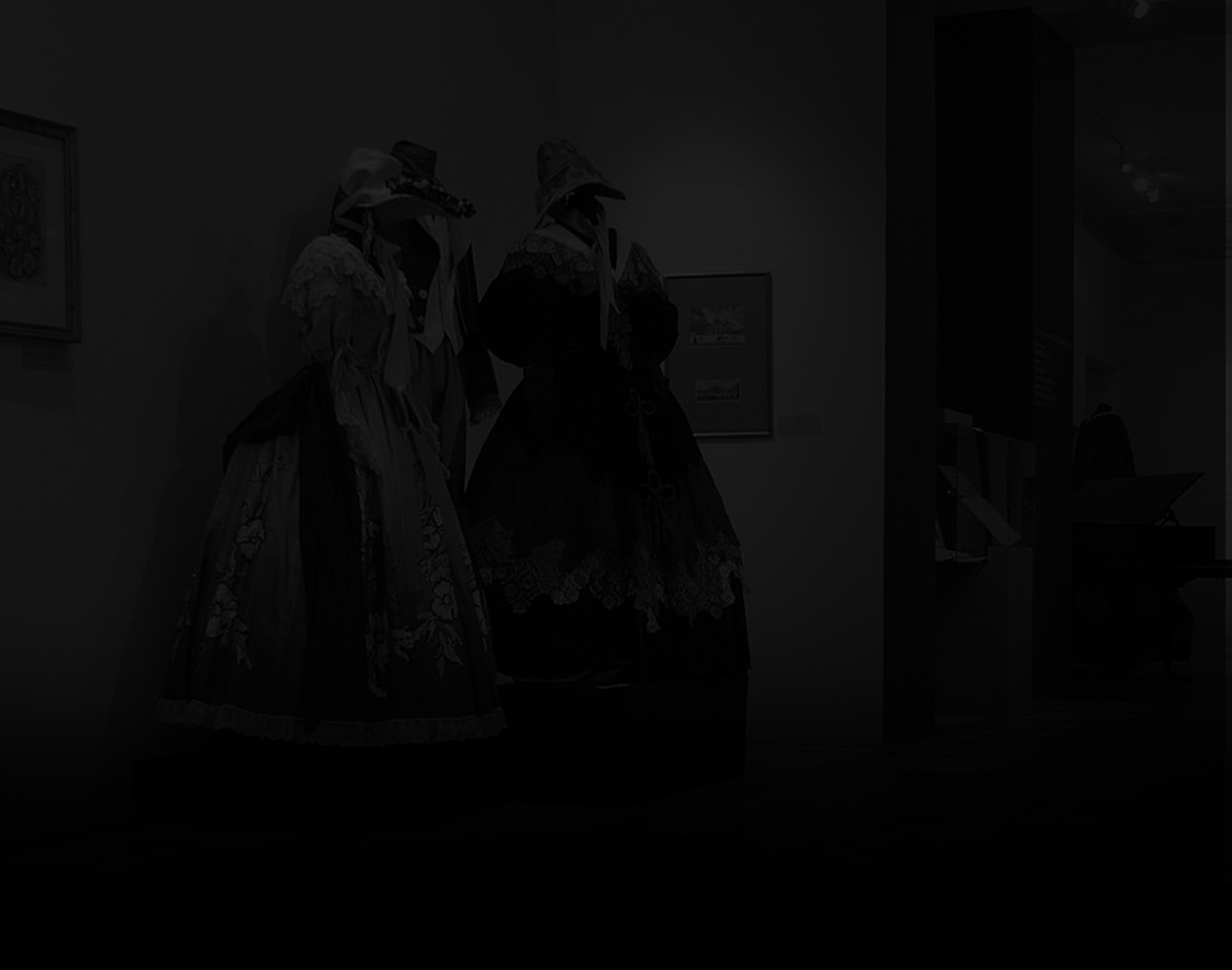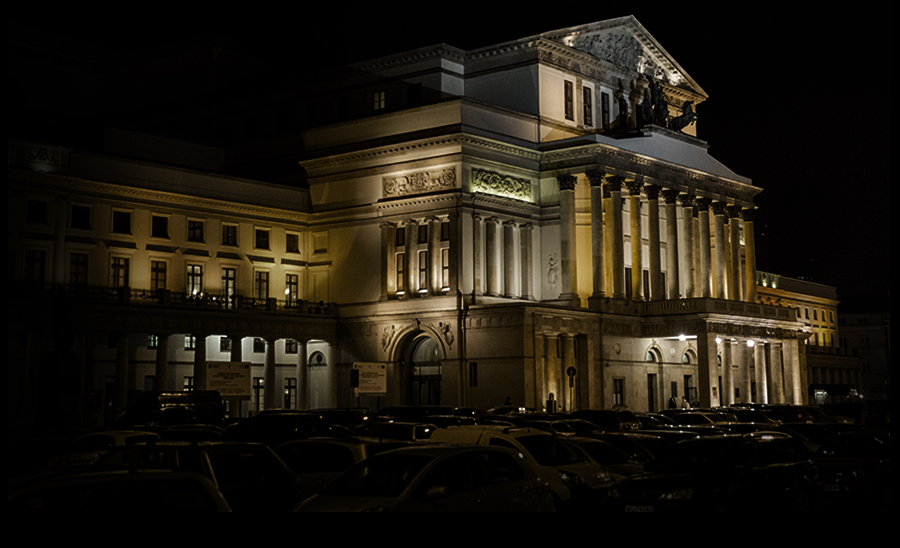History
The Theatre Museum in Warsaw is the first and only museum that collects theatre memorabilia from across Poland. Established in 1957 on the initiative of Arnold Szyfman, it was the fruit of long-standing efforts of writers, scientists, and men and women of theatre.
The history of the museum dates to the turn of the 19th and 20th century. It was in 1902 that Warsaw's city hall hosted the first large-scale exhibition of theatre memorabilia embracing around 2 thousand exhibits.
Originally, the museum functioned as the Theatre Department of the Historical Museum of Warsaw and was led by Professor Eugeniusz Szwankowski. In 1965 the museum was moved to the newly reopened building of the Teatr Wielki and became part of the theatre's organisational structure. The inaugurating exhibition marked 200 years of the National Theatre.
In the first period of its existence the Theatre Museum focused on collecting and processing exhibits on top of taking inventory of items that survived World War II. Next, under the leadership of Józef Szczublewski and then Ewa Makomaska, the theatre developed a exhibiting programme in addition to continuing its academic work. Soon the institution became a leading centre for theatre studies in Poland, hosting exhibitions, educational campaigns, and acquiring new items.
The collection
The collection of the Theatre Museum is made up of around 200 thousand artworks and documents that illustrate almost all periods of the theatre's history from the 18th century until now.
The museum boasts valuable collections of memorabilia connected with famous opera artists (Edward and Jan Reszek, Adam Didur, Jan Kiepura, Wanda Wermińska, Bogdan Paprocki), drama (Wojciech Bogusławski, Alojzy Żółkowski, Helena Modrzejewska, Wincenty Rapacki, Bolesław and Jerzy Leszczyński, Juliusz Osterwa, Leon Schiller, Maria Dulęba, Tadeusz Łomnicki), ballet (Michał Kulesza, Feliks Parnell, Wojciech Wiesiołłowski), literary cabaret (Marian Hemar, Fryderyk Járosy), stage designers (Wincenty Drabik, Karol Frycz, Andrzej and Zbigniew Pronaszek, Władysław Daszewski, Jan Kosiński, Teresa Roszkowska, Marian Kołodziej, Andrzej Kreütz-Majewski), and prominent directors (Tadeusz Pawlikowski, Arnold Szyfman).
The museum possesses paintings, sculptures, graphics, drawings, a great number of photographs, scenography (designs, models, costumes, props) as well as documents, artists' correspondence, manuscripts, old prints, bills, posters, programmes, and memorabilia, as well as a valuable library of scores and recordings.
When and where can I see it?
The exhibitions of the Theatre Museum are held at the Redutowe Rooms of the Teatr Wielki – Polish National Opera and are open to all members of the audience during all shows.
The Theatre Museum also holds exhibitions in association with other institutions (National Museum in Gdańsk, Podlasie Opera and Philharmonic in Białystok, Historical Museum of Kraków).
From the very beginning the museum's collections have been used by academic and artistic institutions, media outlets and publishing houses, researchers, stage directors, set designers from Poland and abroad, as well as students of humanities and arts (around 700 queries annually).




